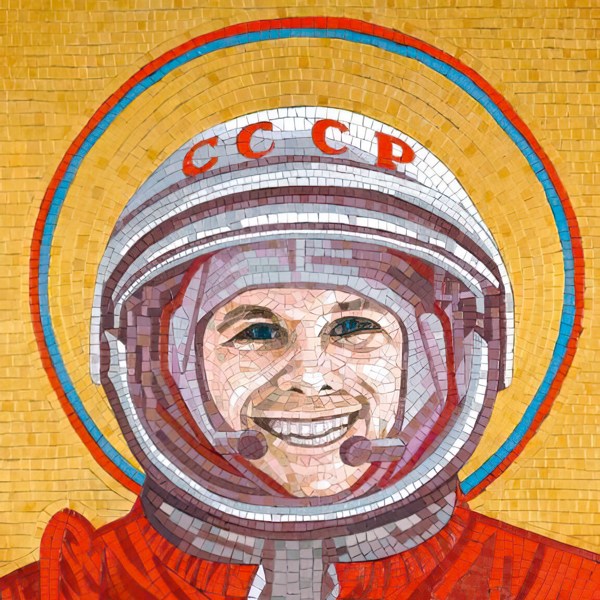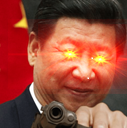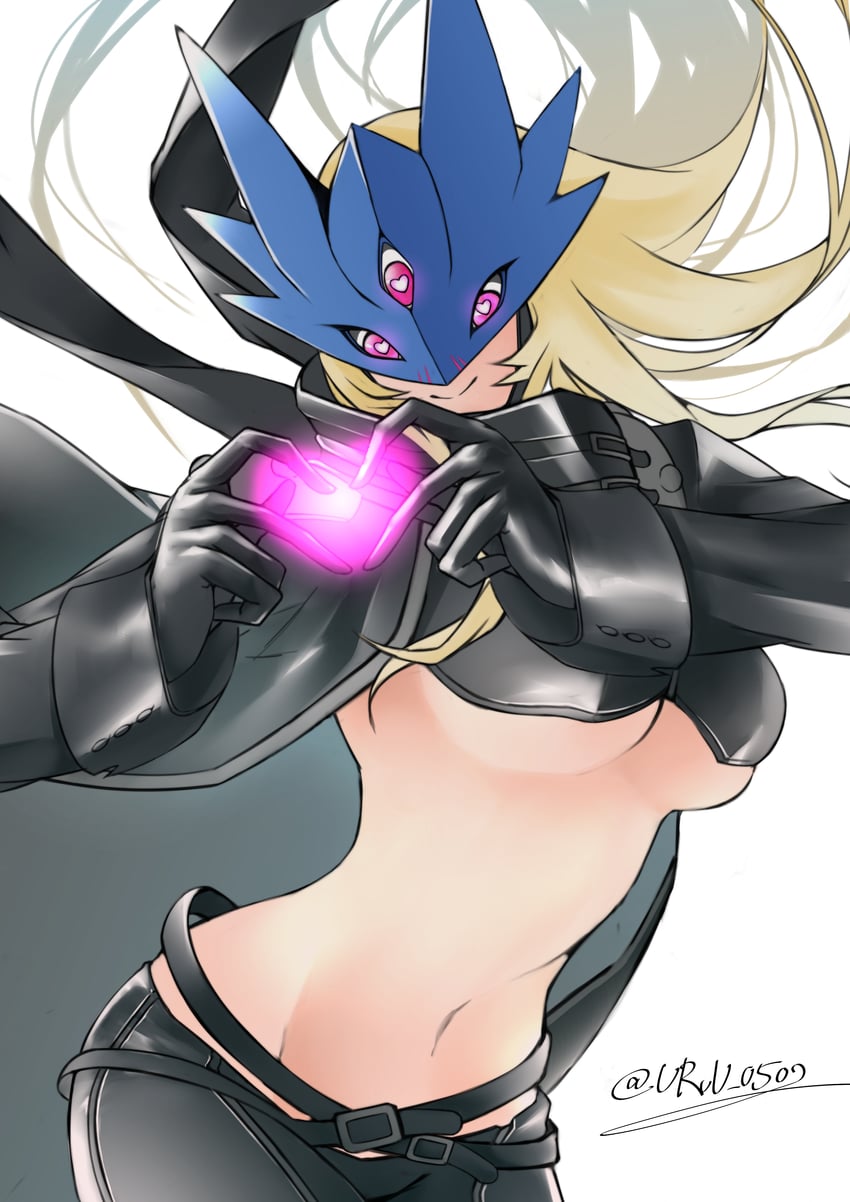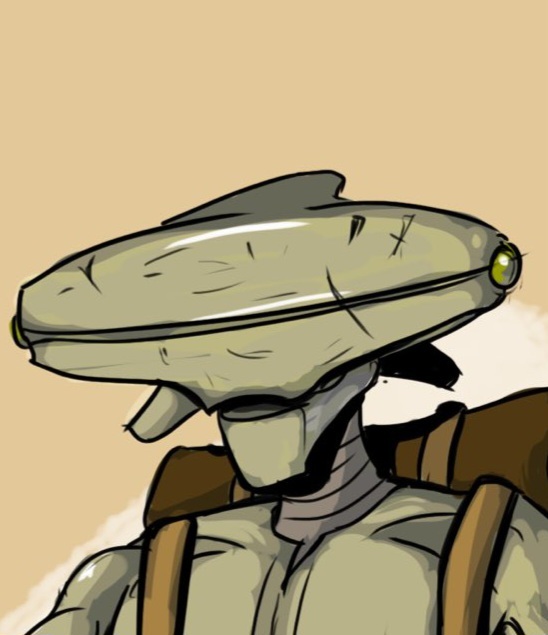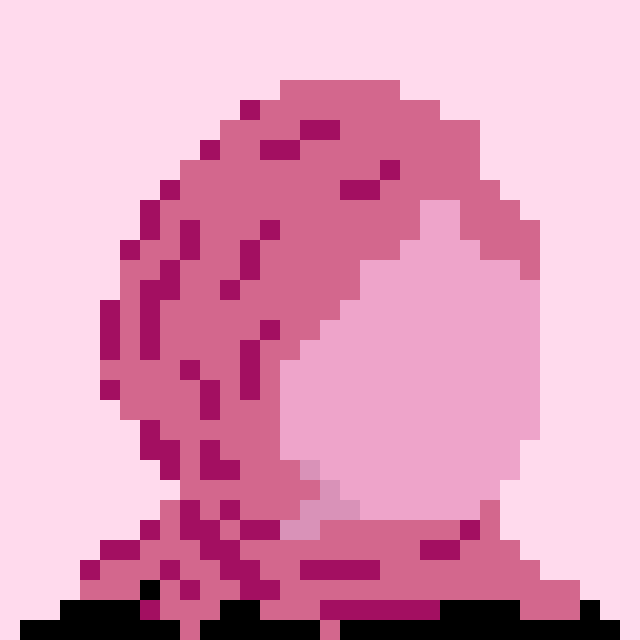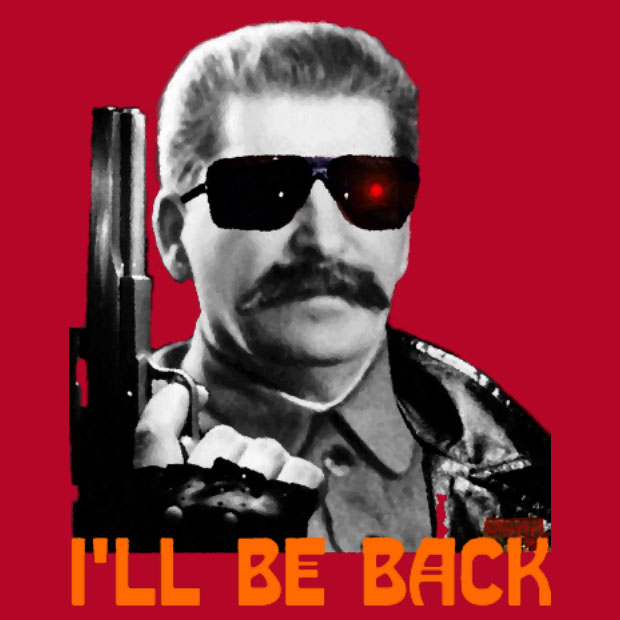I’m so fucking tired. It’s always just
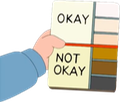 with these people.
with these people.it’s disturbing how accurate that meme is
Putting child in quotes is a special kind of evil.
I love all the euphemisms they’ve come up with like young adults.
People who read YA fiction with mature overtones.
“People under the age of 18” is a phrase they literally used to describe Palestinian children.
Huh, what a familiar make and model of rifle, wonder how it ended up in that part of the world.
Bonus: Decieva Clumpass can’t tell a rifle from one of the most common shotgun patterns on Earth
They get ar15 from smuggling through Jordan or Bedouins raiding IDF bases
I don’t know why they do all this work. What is America and Europe going to do, stop backing their genocide?
They could just save so much money and time by going “yeah we murder children, so what, they aren’t white”. This has to be some kind of guaranteed jobs program in Isntrael, I swear.
On another note, they are literally doing the 14 words.
Easy. The guy on the bottom photo is under threat of genocide. Also, is way more likely to actually fight.
That’s a shotgun, not a rifle
Child soldiers are child soldiers.
Meaning
Child soldiers are children as well as soldiers
?
I am saying that Child soldiers are unacceptable
I guess I still don’t really see what your initial comment here is supposed to contribute in response to OP, which isn’t really about being for or against child soldiers, or whether some child soldiers are good and others are bad.
OP isn’t really even about child soldiers per se. It’s about media narratives associated with images of children handling weapons in the contexts of two conflicts, one of the differences between which being that in only one case does the commentary on the image venture as to suggest that the child pictured has been conscripted as a soldier. It’s also about, perhaps more crucially, how allegations of child soldierdom are being used to justify killing children generally, across a whole, captive, civilian population, and that, again, in only one of those two contexts.
(My question was searching for an interpretation that connects GGP back to either of those, which are what the OP is about.)
Removed by mod
